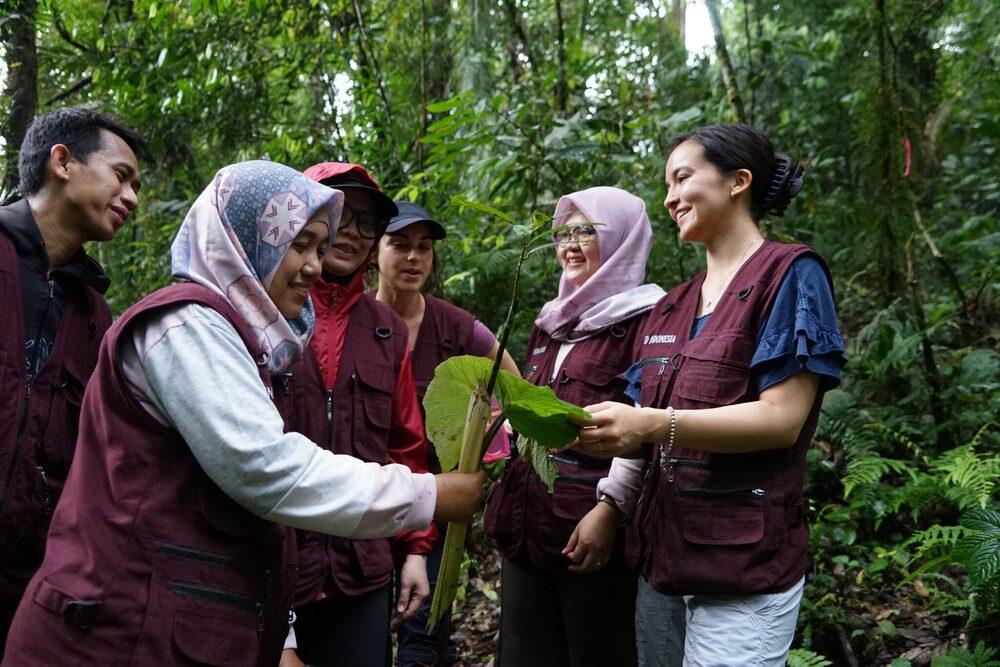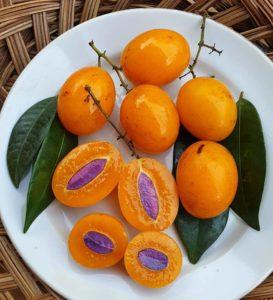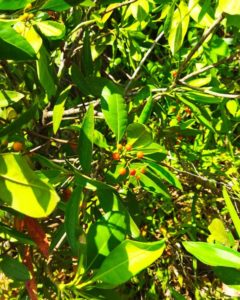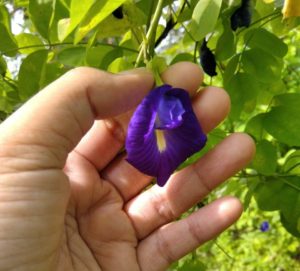Jakarta (UNAS) – Indonesia, recognized as a megabiodiverse country, aims to preserve its rich biodiversity, especially tropical plants. To support this effort, the Institute for Research and Community Service (LPPM) of Universitas Nasional, in collaboration with the Center for Botanicals and Chronic Diseases (CBCD) Indonesia and Rutgers University, organized a workshop introducing the Gibex method in Citalahap Sentral Village, near Mount Halimun Salak National Park, from July 2 to 4, 2022.
During the three-day workshop, participants from Universitas Nasional, Universitas Pancasila, and Universitas Sriwijaya were trained to use the Gibex method in their research. Sample collection focused on the Citalahab Sentral area. The Gibex method is used for rapid screening of antimicrobial, antioxidant, and antifungal activities in plants, supported by the NIH Fogarty International Center and the Asia-Pacific Network for Global Change Research.
“Over three days, participants conducted practical screening and training using the Gibex method. This field-based research method allows rapid analysis without harming the environment or plants. It is easy to use for detecting the components within plants, analyzing antibacterial, antioxidant, and antifungal properties,” explained Prof. Dr. Ernawati Sinaga, M.S., Apt., Vice Rector for Research, Community Service, and Cooperation and Director of the Center for Medicinal Plants Research. She noted that this workshop is part of the second year of LPPM UNAS’s collaboration with Rutgers University.
The Gibex method was introduced during the workshop by Prof. Dr. Ilya Raskin, Director of the Center for Botanicals and Chronic Diseases, who highlighted Indonesia’s vast potential in medicinal plants. He expressed that the Gibex method could simplify research on medicinal plants for further development.
“We can use the Gibex method to assist Indonesian researchers; it is a simple method that facilitates research without damaging the environment. This activity is valuable and beneficial for young researchers aiming to develop medicinal plants,” said Ilya. During the workshop, participants collected plant samples in Citalahab Sentral Village, extracted them using a Dremel tool, and analyzed their antibacterial and antioxidant properties. Sarah Skubel, Ph.D., as a mentor, explained the training sequence: “There are three main tasks in this workshop: we start by exploring the village to collect plant samples, then return to the campsite to extract the samples, and finally, add specific solutions to the extracts to test for antibacterial, antioxidant, and antifungal properties, with results observed the next day,” she detailed, with assistance from Isabel Armas, Antonia Kaz, and Prof. Dr. Vyacheslav (Slavik) Dushenkov from Rutgers University.
Dr. Nonon Saribanon, M.Si., Head of LPPM UNAS, expressed her hope that UNAS could become a leader in implementing the Gibex method, allowing for faster gathering of information on natural potentials. “The Gibex method is very important and supports researchers, especially in Indonesia, where, as a megabiodiverse nation, we need to explore our vast natural resources. The method’s low sample requirement—just 2 grams per plant—makes it environmentally friendly and enables extensive screening,” Nonon explained. Prof. Dr. Syamsudin, M. Biomed., Apt., a professor from Universitas Pancasila, also emphasized the importance of this activity in exploring Indonesia’s wealth, urging young generations to be deeply interested in exploring Indonesia’s natural resources to produce superior medicinal raw materials.
Before conducting fieldwork in Citalahap Sentral Village, Mount Halimun Salak, participants received theoretical training on Thursday (30/06). (TIN)




